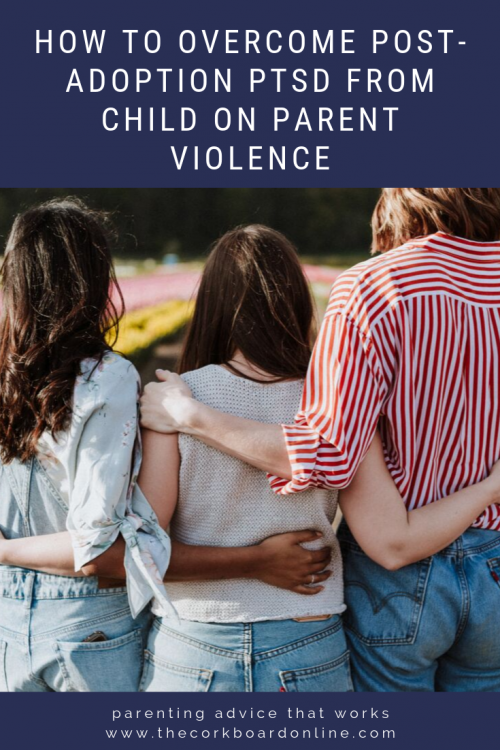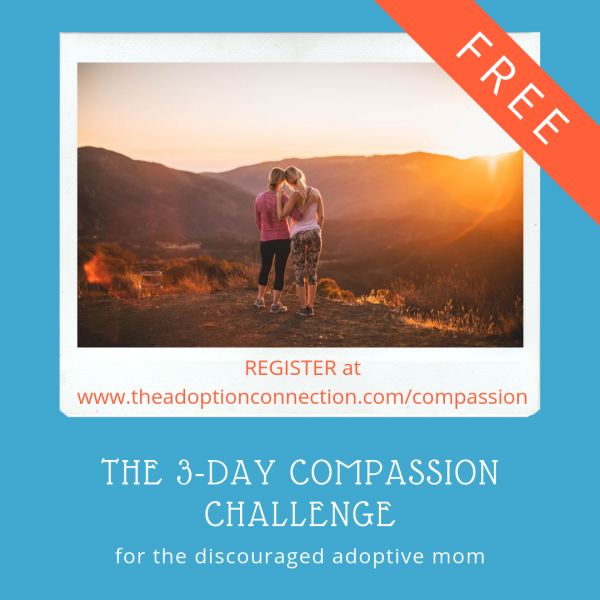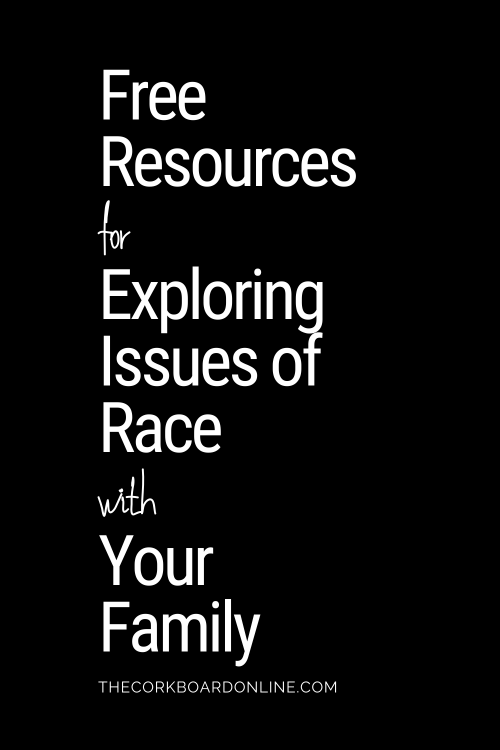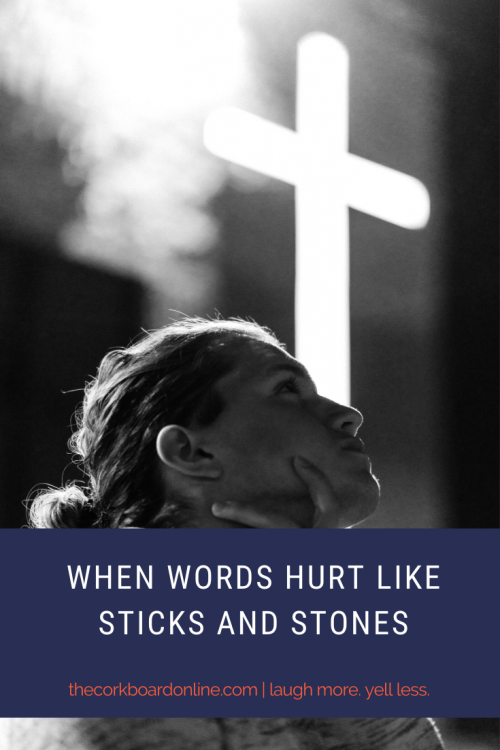I live with PTSD. It’s one of the prices we paid when we adopted.

It’s something that’s tricky to talk about because I don’t want to throw my kids under the bus. Their hurt and trauma are not their fault. However, child on parent violence is a real thing. And there are definitely not enough resources for parents who find themselves in this predicament.
Unlike other abusive relationships, you can’t walk away…unless you want to risk losing custody of your other children.
[bctt tweet=”Child on parent violence is a real thing. Unlike other abusive relationships, you can’t walk away. #adoptionishard” username=”corkboardblog”]
Four years after escaping the worst of our crisis, the PTSD still haunts us. Practically, it means I need a lot of rest. It may seem like we’re a busy family, but we carefully plan downtime into our schedule. I only have meetings and see clients two days a week. Most weekends, we spend the majority of the time on the sofa. Staying in relationship is important to us but also exhausting. We haven’t been able to be active in a church community in years.
I don’t share because I want pity. We’re actually in a really good place right now. I share because I want y’all to have a realistic view of us which is hard through social media. I also want to bring awareness to a mostly ignored reality of adoption. ⠀⠀⠀
So what do you do if you struggle with PTSD from child on parent violence?
First, find a safe community who understands. Isolation is the worst thing for an experience like this. We convince ourselves that we’re the only ones or even that we’re the problem. In our case, no one witnessed our child’s violence. In fact, she was charming to others which made me seem like such a bad mom because I didn’t have the same warm fuzzies that everyone else had.
Second, find a bodywork practice to release the trauma. I personally recommend Trauma or Tension Release Exercise (TRE). I try to practice this weekly, and it has changed my life. Other options are Brainspotting, EMDR, and the Safe and Sound Protocol (SSP).
Third, practice mindfulness. The first step of the REALife Behavior Plan I coach families through is reflecting on how a specific behavior affects you. How do you feel when it starts? Identify both the emotions that surface as well as any sensations you have in your body. The next part of the plan is to think about how to empower yourself in that moment to be in control and not let fear and panic drive your actions or close your mind to possible solutions. You need a pattern interrupt. The things that help our kids can also help us.
There’s so much more I could share, but I want to hear from you if you’ve experienced child on parent violence. Have you found resources in your community? What can I do to help?
If you’re an exhausted adoptive mom who feels trapped, I see you. Please reach out for help.
If you know an adoptive family, don’t judge them by their public appearance. They may be silently drowning.





